All of Yvan Alagbé’s new graphic novel, Misery Of Love (New York Review Comics), is depicted with two horizontal rectangle panels per page, each one a canvas for a striking piece of art that could stand on its own. Alagbé’s virtuosic use of ink washes, combined with this straightforward layout, brings incredible immediacy to this story of a woman confronting her past as she returns home for her grandfather’s funeral. Alagbé’s 2018 work, Yellow Negroes And Other Stories, was a transfixing collection of stories that highlighted the artist’s poetic voice and stark visual aesthetic, exploring the expressive possibilities of line weight and negative space. An extension of one of those short stories, Misery Of Love, continues delving into the same themes, namely the ways that French colonialism has had a lasting impact on personal relationships by dividing people along racial and national lines. With sparse dialogue, Alagbé relies on imagery to shape these relationships, offering enough visual information for readers to make connections in an interactive way.
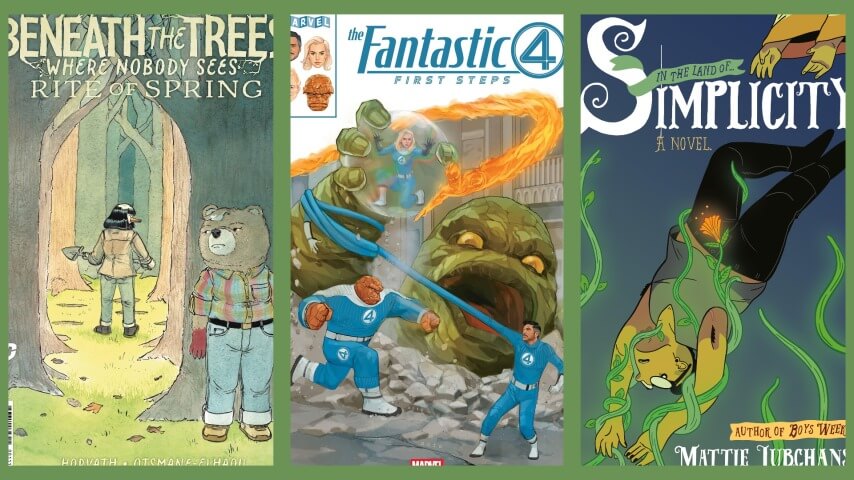

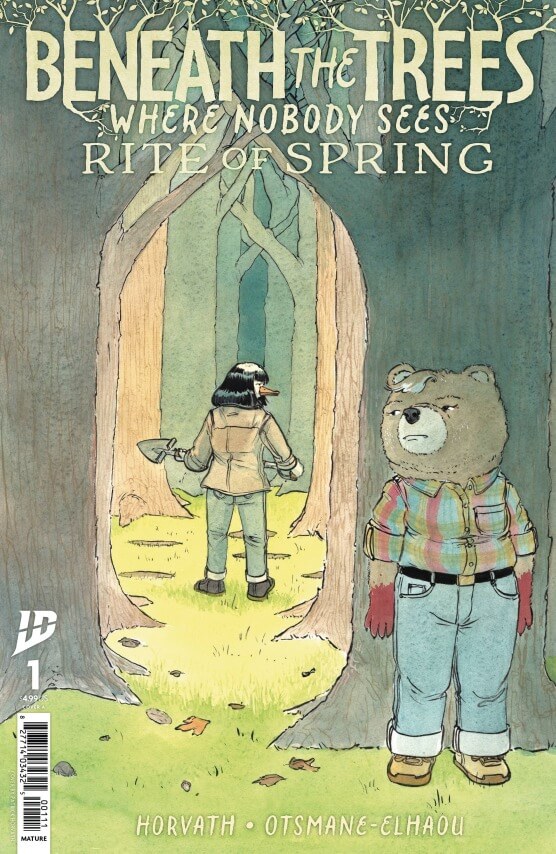
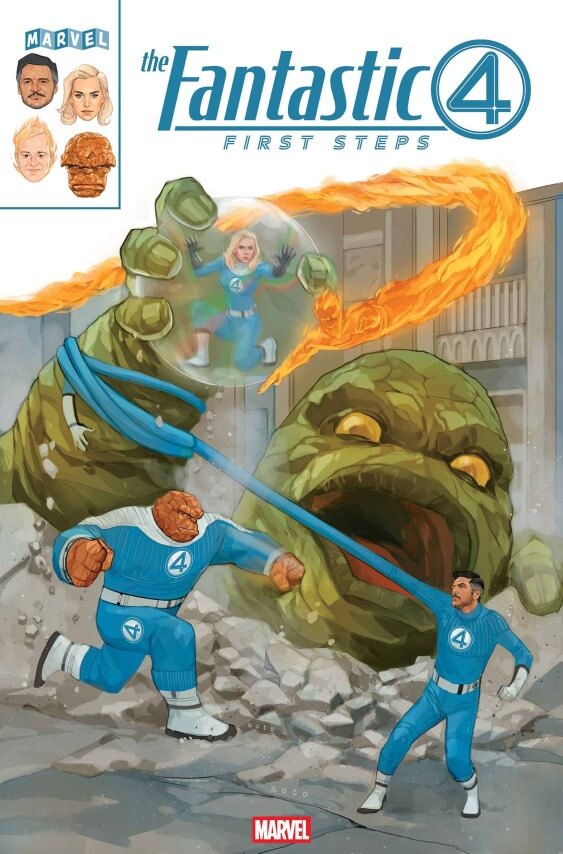
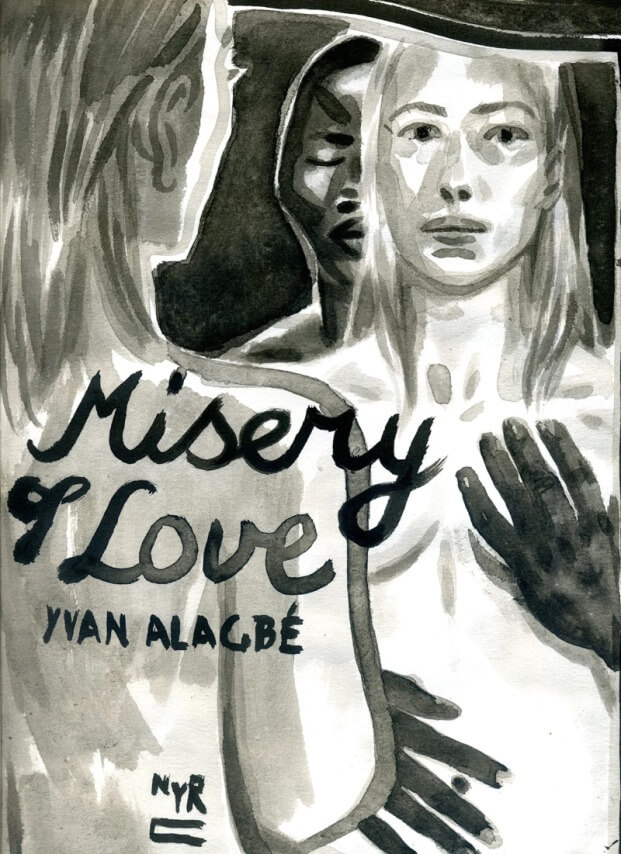

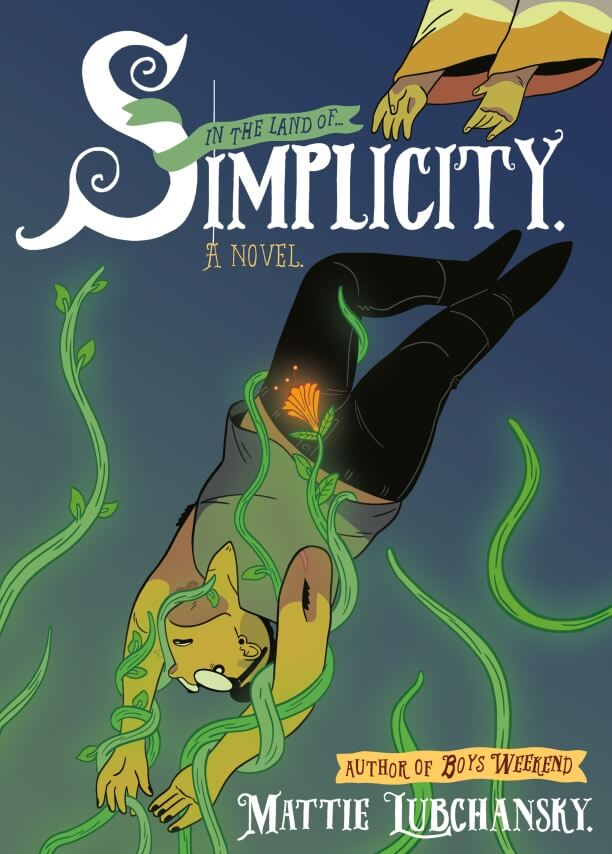
 Keep scrolling for more great stories from A.V. Club.
Keep scrolling for more great stories from A.V. Club.